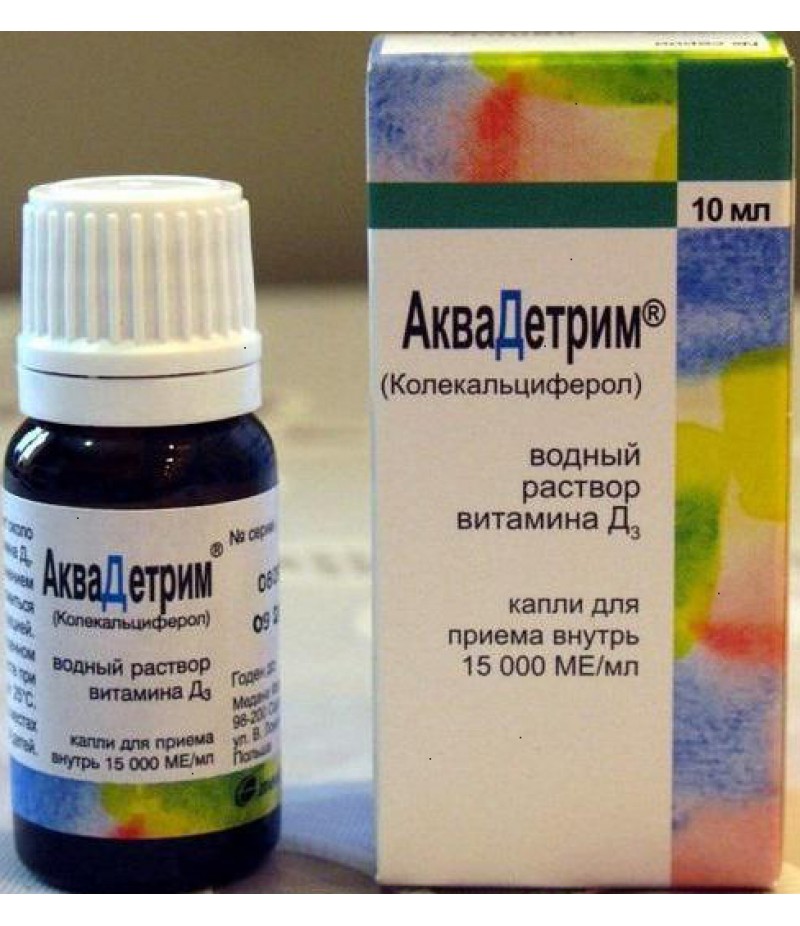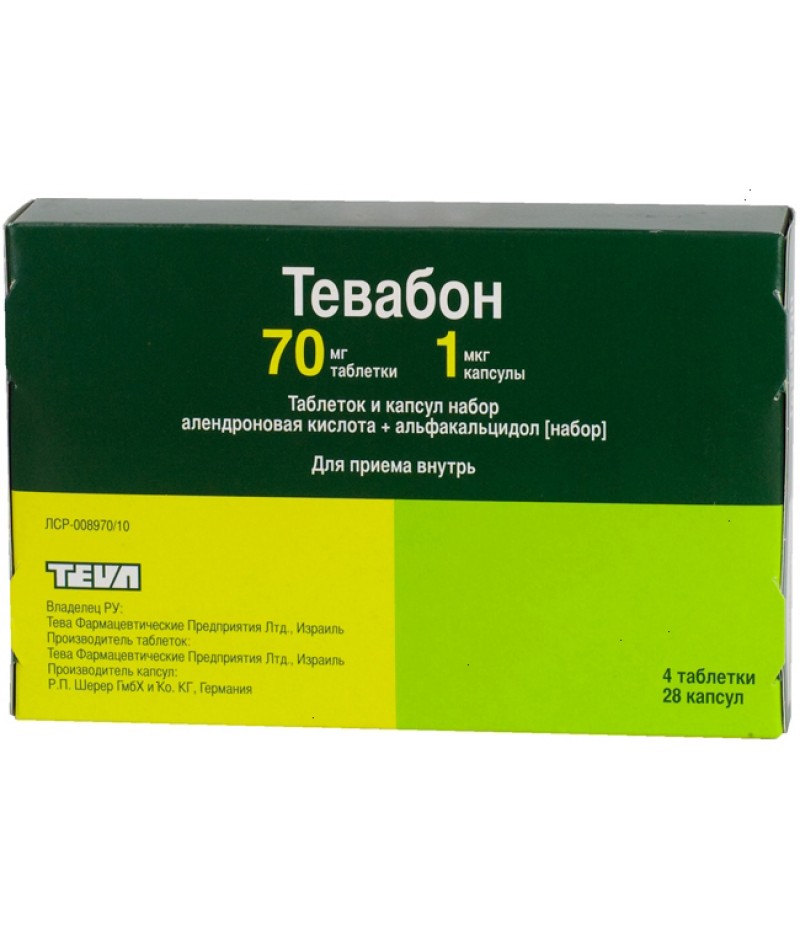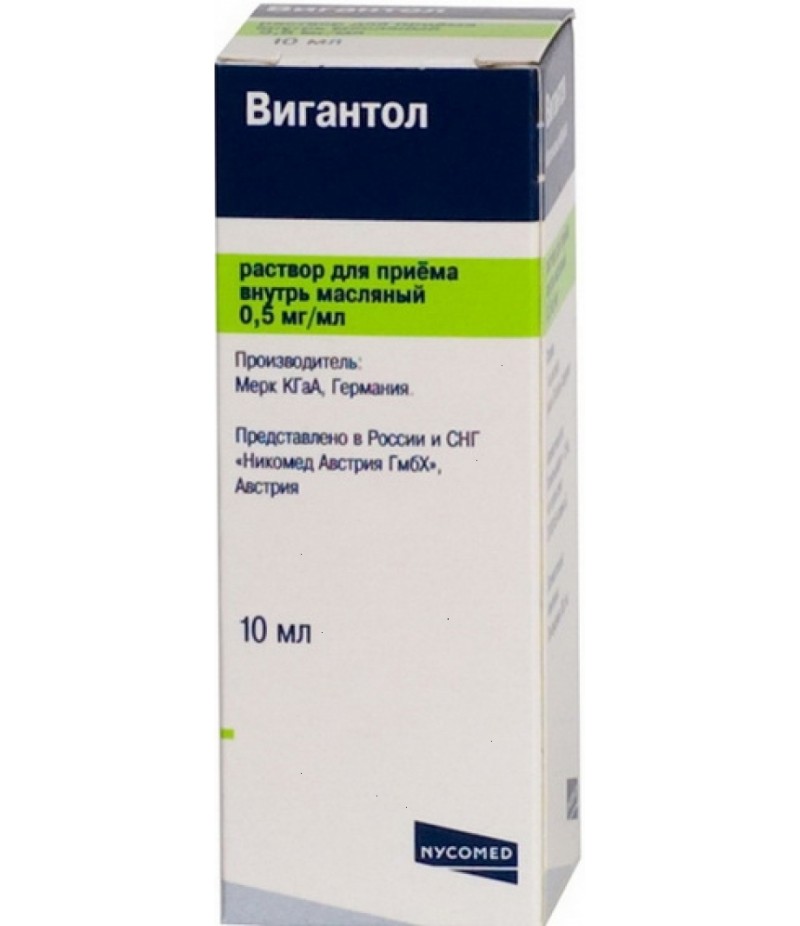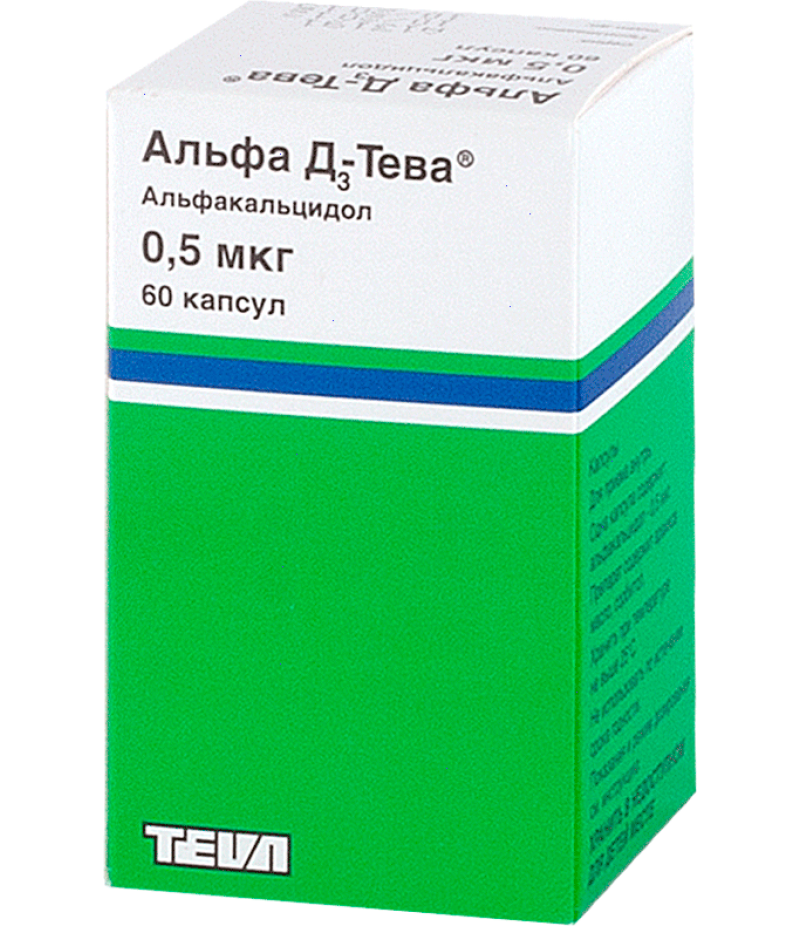Aquadetrim drops 15000me/ml 10ml
- $10.76
- 3 or more $9.99
- Availability:In Stock
Instruction for AquadetrimReed more and buy Aquadetrim on this pageCompositionThe composition of 1 ml of drops of Aquadetrim is 15 000 IU of colcalciferol (vitamin D3).Additional components: sucrose, macrogol glycerylricinoleate, ..
Tags: drops
Instruction for Aquadetrim
Reed more and buy Aquadetrim on this page
Composition
The composition of 1 ml of drops of Aquadetrim is 15 000 IU of colcalciferol (vitamin D3).
Additional components: sucrose, macrogol glycerylricinoleate, sodium hydrogen phosphate dodecahydrate, anise flavor, monohydrate of citric acid, benzyl alcohol, water.
Form of issue
Colorless, transparent drops for internal reception with aniseed odor. 10 ml of such drops in a bottle of darkened glass with a stopper in the form of a dropper, one bottle in a pack of cardboard.
pharmachologic effect
A drug that normalizes the metabolism of calcium and phosphorus.
Pharmacodynamics and pharmacokinetics
Pharmacodynamics
Vitamin D3 is a well-known active antirachitic agent. Its most important function is to regulate the metabolism of phosphates and calcium - this stimulates the growth of the skeleton and its mineralization.
Vitamin D3 is the physiological form of simple vitamin D, which under the action of the sun is synthesized by a person in the skin. Has 25% more pronounced activity compared with vitamin D2.
Kolekaltsiferol plays an important role in the absorption of calcium and phosphate in the organs of the digestive tract, in the transport of salts, in the processes of ossification and excretion of phosphates and calcium in the urine.
The presence in the blood of calcium in the necessary concentrations is necessary to maintain the function of the myocardium, the tone of the skeletal muscle, the processes of blood coagulation, the conduct of the impulse of nervous excitation, the functioning of parathyroid glands, the functioning of immunity (affects the synthesis of lymphokines).
Vitamin D deficiency in food intake, impaired absorption, inadequate exposure to ultraviolet rays and calcium deficiency during child growth often lead to rickets in children, in adults - to softening of bone tissue, and in pregnant women, signs of tetany and bone calcification disorders may occur newborns.
Pharmacokinetics
After reception, colcalciferol is actively absorbed from the intestine. Undergoes transformation in the liver and kidneys. Penetrates through the placenta and is excreted during lactation. It accumulates in the body. The half-life period reaches several days. It is allocated by kidneys in small amount, the basic part is allocated with bile.
Indications for use
Prevention and treatment:
rickets and rachitis-like diseases;
lack of vitamin D;
hypocalcemic tetany;
osteopathy of metabolic genesis (hypoparathyroidism and pseudohypoparathyroidism);
osteomalacia;
therapy of osteoporosis (as part of a multicomponent therapy).
Contraindications
hypercalcemia;
hypervitaminosis D;
kidney failure;
hypercalciuria;
sarcoidosis;
urolithiasis disease;
kidney disease;
age less than 4 weeks;
pulmonary tuberculosis in active form;
hypersensitivity to the components of the agent (especially to benzyl alcohol or vitamin D3).
With caution, it is necessary to use this drug in patients in a state of immobilization, during pregnancy and lactation, with the intake of cardiac glycosides, thiazides, in infants (when the small size of the anterior pubescence was detected from birth).
Side effects
Symptoms of an excess of vitamin D: nausea, loss of appetite, vomiting, constipation, dry mouth, weakness, polyuria, mental disturbance, weight loss, sleep disturbances, increased temperature, proteinuria, hyaline cylinders, increased calcium in the blood, calcification of blood vessels, kidneys or lungs.
When the first symptoms of hypervitaminosis D appear, it is recommended to cancel the drug, if possible to prevent calcium intake and start taking vitamins C, A and B.
Other phenomena: allergic reactions are possible.
Aquadetrim, instructions for use (Method and dosage)
Instructions for use Aquadetrim advises to set the dose individually, taking into account the values of vitamin D3, formed from the patient's received vitamin D. in the food composition. The product is dissolved in 1 tablespoon of water. One drop of Aquadetrim includes 500 IU of colcalciferol.
For the prevention of full-term newborns from the fourth week of life and up to three years, the drug is prescribed one to two drops per day, and to children-twins, premature babies and children in unfavorable conditions - three drops per day. In summer, the dose can be reduced to one drop per day.
Pregnant women are prescribed one drop per day for the entire pregnancy, or two drops per day, starting from the sixth to seventh month of pregnancy. Women in postmenopausal women are prescribed one or two drops per day.
For the purpose of therapy with rickets, the agent is prescribed daily up to 10 drops per day for a month, depending on the severity of rickets and the clinical variant of the disease. In parallel, the patient's condition and biochemical blood test parameters (phosphorus, calcium, alkaline phosphatase in the blood and urine) should be monitored. The initial dose is 4 drops per day for five days, after this period, with good tolerability, the dosage can be increased to an individual medical dose (up to 6 drops per day). 10 drops per day is prescribed only with pronounced changes in bone tissue. If necessary, you can repeat the course of treatment with the permission of the doctor after a one-week break. Therapy should continue until a clear clinical effect, with the transition to a prophylactic dose afterwards.
When treating rachitis-like diseases, 40-60 drops are prescribed per day depending on the weight, age and severity of the condition, under the control of blood and urine indicators. The course of therapy is 4-6 weeks.
In the treatment of postmenopausal osteoporosis, the drug is taken one to two drops per day.
Overdose
Symptomatic overdose in a child does not differ from that in adults and is characterized by a decrease in appetite, vomiting, diarrhea, nausea, constipation, thirst, anxiety, polyuria, intestinal colic.
Frequent symptoms are also muscular, headache and joint pain, stupor, mental disturbance, depression, ataxia, weight loss. It is possible to develop kidney damage with erythrocyria, albuminuria and polyuria, hypostenuria, increased potassium loss, nicturia and increased blood pressure.
In especially severe cases, corneal opacity, inflammation of the iris or edema of the optic nerve, the formation of calculi in the kidneys, calcification of tissues and organs, cholestatic jaundice may appear.
Treatment: discontinuation of the drug. It is recommended that a large volume of liquid be taken. If necessary, hospitalization of the patient.
Interaction
When combined with rifampicin, antiepileptic drugs, colestyramine, absorption of colcalciferol decreases.
When combined with thiazide diuretics, the risk of hypercalcemia increases.
Joint use with cardiac glycosides stimulates their toxic effects.
Terms of sale
Without prescription.
Storage conditions
Keep away from children. Store at temperatures up to 25 degrees.
Shelf life - Three years.
special instructions
When appointing a remedy, it is necessary to take into account the intake of vitamin D in the body with all possible sources.
When using the drug for the purpose of treatment, it is necessary to regularly monitor the concentration of calcium in urine and plasma.
Children
The drug is designed to treat and prevent diseases associated with chronic vitamin D deficiency, including in children. Diagrams for the treatment of diseases associated with vitamin D deficiency in children are described in the section "Aquadetrim, instructions for use".
Aquadetrim for newborns
For the prevention of diseases associated with vitamin D deficiency, full-term newborn from the fourth week of life and up to three years, the drug is prescribed in 1-2 drops per day, and premature, twins and children in unfavorable conditions - 3 drops per day.
How to give Aquadetrim to infants?
Among young mothers, the question of how to give Aquadetrim to a newborn child is often topical. Breast children drop a drop in a spoonful of cereal or milk. Adding drops to a plate or bottle is not recommended, because it is not possible to guarantee the full dose of the product.
In pregnancy and lactation
During pregnancy and during lactation, the dose of vitamin D3 should be less than 600 IU per day, otherwise the development of a teratogenic effect on the fetus or the appearance of symptoms of an overdose in an infant may be possible.
Reviews about Aquadetri
Reviews about Aquadetrim indicate the effectiveness of the drug, but there are a large number of reports of adverse events and allergic reactions. In such cases, you should immediately contact your doctor.





